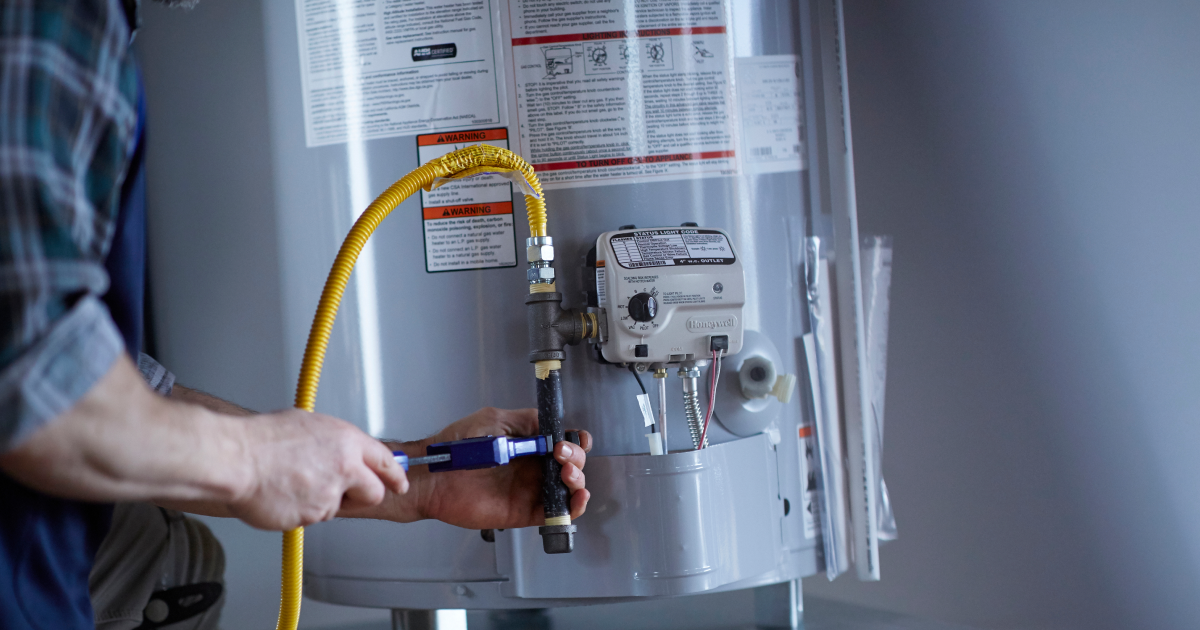Were you in search of critical info about How to Maintain Your Water Heater & Prolong its Life?

Warm water is important for everyday convenience, whether it's for a refreshing shower or washing recipes. To guarantee your hot water system runs effectively and lasts much longer, regular maintenance is crucial. This write-up offers functional pointers and insights on exactly how to keep your home's warm water system to avoid interruptions and pricey repairs.
Introduction
Preserving your home's warm water system might seem difficult, however with a couple of basic actions, you can guarantee it runs efficiently for several years ahead. This overview covers every little thing from understanding your hot water system to do it yourself upkeep pointers and knowing when to hire expert assistance.
Value of Keeping Your Warm Water System
Regular maintenance not only prolongs the life-span of your warm water system yet also ensures it operates efficiently. Overlooking maintenance can cause decreased effectiveness, higher energy expenses, and also early failing of the system.
Indications Your Warm Water System Requirements Maintenance
Understanding when your hot water system needs interest can stop significant problems. Watch out for indications such as irregular water temperature level, odd noises from the heating unit, or rustic water.
Flushing the Water Heater
Flushing your water heater removes sediment buildup, boosting performance and lengthening its life.
Monitoring and Changing Anode Rods
Anode poles stop rust inside the storage tank. Examining and replacing them when worn out is crucial.
Complex Concerns Needing Expert Help
Examples consist of significant leakages, electrical problems, or if your water heater is continually underperforming.
Regular Expert Maintenance Advantages
Professional upkeep can consist of extensive inspections, tune-ups, and ensuring conformity with security requirements.
Inspecting and Changing Temperature Setups
Readjusting the temperature settings makes certain ideal performance and safety.
Do It Yourself Tips for Upkeep
You can do a number of maintenance jobs yourself to keep your warm water system in top condition.
Looking for Leaks
On a regular basis check pipes and connections for leaks, as these can bring about water damage and greater expenses.
Understanding Your Warm Water System
Prior to diving into upkeep tasks, it's helpful to comprehend the basic parts of your hot water system. Commonly, this consists of the water heater itself, pipelines, anode rods, and temperature level controls.
Regular Monthly Upkeep Tasks
Routine monthly checks can assist catch small issues prior to they escalate.
Examining Pressure Alleviation Valves
Evaluating the stress relief valve guarantees it functions correctly and protects against excessive stress build-up.
Insulating Pipelines
Shielding hot water pipes lowers heat loss and can save power.
When to Call a Specialist
While DIY maintenance is valuable, some issues need expert expertise.
Conclusion
Routine upkeep of your home's warm water system is necessary for performance, longevity, and expense financial savings. By adhering to these tips and knowing when to seek expert aid, you can ensure a dependable supply of warm water without unexpected interruptions.
How to Maintain an Instant Hot Water Heater
Before tinkering with your hot water heater, make sure that it’s not powered on. You also have to turn off the main circuit breaker and shut off the main gas line to prevent accidents. Also turn off the water valves connected to your unit to prevent water from flowing into and out of the appliance. 2. When you’re done, you have to detach the purge valves’ caps. These look like the letter “T†and are situated on either side of the water valves. Doing so will release any pressure that has accumulated inside the valves while at the same time avoid hot water from shooting out and burning your skin. 3. When the purge valves’ caps are removed, you have to connect your hosing lines to the valves. Your unit should have come with three hoses but if it didn’t, you can purchase these things from any hardware or home repair shops. You can also get them from retail stores that sell water heating systems. Read the user’s manual and follow it to complete this task properly. When the hosing lines are connected, open the purge port’s valves. 4. You should never use harsh chemical cleaners or solutions when cleaning your unit. Make use of white vinegar instead. It should be undiluted and you’ll probably use about 2 gallons. 5. Now flush your water heater. This task should probably take about 40 minutes. We can’t give you specific directions for this because the procedure is carried out depending on the type, model and brand of your heater. With that being said, refer to the user’s manual. 6. When you’re done draining the unit, you have to turn off the purge port valves again. Remove the hosing lines that you earlier installed on each of the water valves. Put the valve caps (purge port) back in their respective places and be very careful so as not to damage the rubber discs that are found inside these caps. 7. Now that everything’s back in place, check your user’s manual again to find out how to reactivate your water heating system. 8. Once it is working, turn one of your hot water faucets on just to let air pass through the heater’s water supply pipes. Leave the tap on until water flows smoothly out of it. https://www.orrplumbing.com/blog/2014/september/how-to-maintain-an-instant-hot-water-heater/

As an avid reader on What Kind of Maintenance Do Water Heaters Need?, I imagined sharing that piece of content was sensible. Sharing is nice. Who knows, you may be helping someone out. We take joy in reading our article about Tips on Maintaining a Water Heater.
Book Inspection